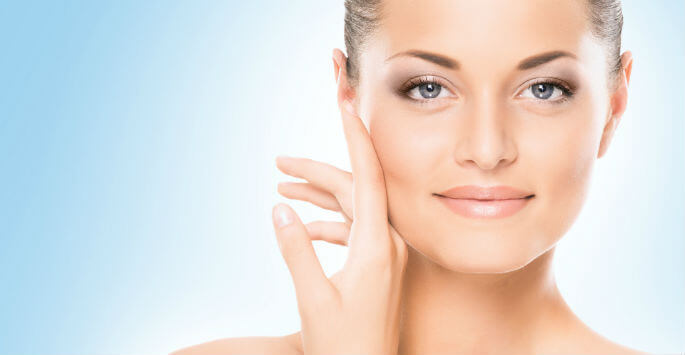Laser skin resurfacing is a procedure that can be used to remove wrinkles and fine lines. During the procedure, the doctor uses a laser that emits brief pulses of high-energy light that the skin absorbs. The light changes into heat energy, which then destroys thin sections of the skin, one layer at a time. Afterwards, new skin grows to replace the skin that the laser removed.
Laser skin resurfacing is very precise and doesn’t damage the surrounding tissues. It is most commonly done to the face, but can be done on other parts of the body.
Types of Laser Resurfacing
Infrared laser resurfacing is done to deeper layers of the skin. It uses heat to tighten and smooth the skin. Superficial erbium: YAG laser resurfacing is a mild treatment. It is used for minor wrinkles and other skin problems. Plasma skin resurfacing leaves the top layer of the skin alone while using plasma energy to destroy lower layers. The intact top layer protects the deeper layers while they heal.
In fractional laser skin resurfacing, the laser removes microscopic columns of skin cells while leaving the surrounding areas intact. There is little bleeding or scabbing associated with this treatment as a result, but these side effects are normal and will diminish over time.
What Happens?
The doctor cleans and marks the target area and then gives the patent an anesthetic. The patient may also be given goggles to protect their eyes. The doctor passes the laser over the skin and wipes the skin with water or a salty solution to cool the skin and remove the tissue the laser has destroyed. If the doctor is treating a large area or badly damaged skin, he will need to make more than one pass. At the end of the procedure, the doctor will apply ointment to the area and cover it with a dressing. Laser skin resurfacing is typically an outpatient procedure and is performed in our Orlando office.
Following treatment, the treated area will usually be pink, swollen, and tender for at least a few days. The bigger the area treated, the longer it will take to heal. After the skin grows back, the area will be red for several weeks.
During the recovery period, the patient may use anti-inflammatory drugs and cold packs to help with the pain. The patient should rinse the area with cool water to keep it from being infected and to get rid of any crusting. The patient should also avoid using soap or perfume. The patient should change the dressing and/or ointment to promote healing and keep the area from drying out. They should also avoid sun light.
Who Should Not Undergo Laser Skin Resurfacing?
Anybody who is or might be prone to scarring should not have laser skin resurfacing. That includes people with a history of abnormal scarring such as keloid scars and people taking certain acne medications. People with skin infections should also not have their skin resurfaced. People with disorders of the blood, skin or immune system that impair healing should also not undergo laser skin resurfacing.
Schedule Your Consultation
If you’re interested in the skin rejuvenating effects of laser skin resurfacing, our team at Institute of Aesthetic Surgery can help. We’ll work with you to determine the safest and most effective treatment plan for your needs. Contact Institute of Aesthetic Surgery today to schedule your consultation and let us help you get your best skin.
